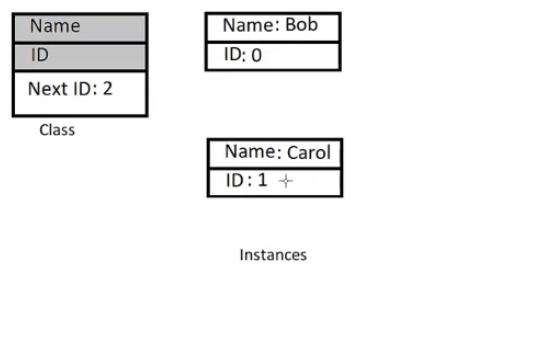Object Oriented Definitions
Estimated time to read: 1 minute
| Vocabulary | Definition | Example |
|---|---|---|
| Object | An individual instance of a class | An 'Employee'. Objects can be defined as 'anthropomorphic data' |
| Class | A blueprint for creating objects | A template for an 'Employee ' |
| Instance | An instance is an object which holds unique data, it is built from a class | |
| Attribute | Data held by an instance. A class defines what attributes an instance can have. It is the instance that actually has the attributes. | |
| Methods | A class defines what methods are available. Methods act upon individual instances. | employeeInstanceOne.doWork() |
| Vocabulary | Definition | Example |
|---|---|---|
| Encapsulation | Hiding implementation and data behind an interface / contract | |
| Polymorphism | The ability to define a common interface for mulitple XXX, despite having many different implementations | |
| Inheritance | A means by which to create specialised forms of an abstraction, such as an Employee being a specialised form of a person | An 'employee' has all of the attributes associated with a 'person' as well as additional attributes specific to 'employee ' |
Corner Cases¶
Class Level Attributes¶

- A class, above, is defining that instances will have a name and an ID
- The class itself is keeping track of the next ID to use
- Two instances have been created from the class
- Neither of the instances know the value data that is being held by the class